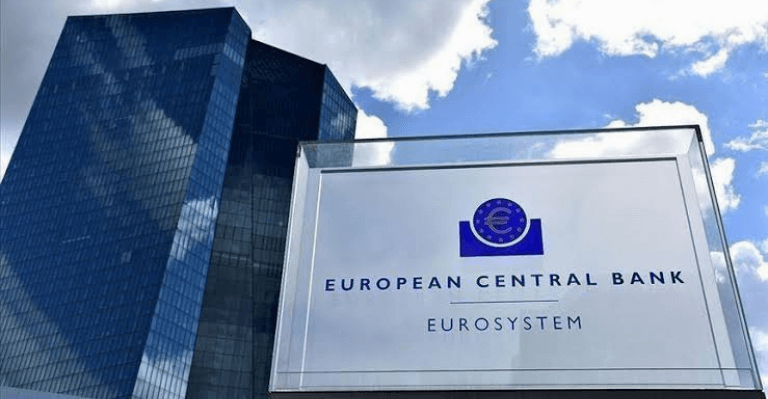In light of the rapid expansion of the stablecoin market, the European Central Bank recently indicated that additional regulatory supervision of stablecoins must be put in place “urgently” before they might endanger financial stability.
Stablecoins are currently receiving attention from policymakers thanks to their explosive growth, expanding worldwide use cases, and potential pathways for financial risk contagion.
Particularly since the recent collapse of a dollar-pegged token, Terra’s UST, policymakers from all over the world have taken a keen interest in this class of digital assets.
However, the bank acknowledges stablecoins’ use within the cryptocurrency ecosystem and notes that they have grown in recent years. The bank claims that stablecoins were initially primarily utilised as a bridge to exchange crypto-assets and as a relatively secure “parking space” for cryptocurrency volatility. But stablecoins have found new applications with the rise of decentralised finance (DeFi) applications.
The European bank highlights issues with Stablecoins

The ECB explained why stablecoins fall short of what is needed as a practical means of payment for the actual economy by pointing out a number of technical factors without directly comparing them to the traditional payment systems.
However, the bank believes that the old financial system is fair in certain important ways because it provides advantages, including legal clarity, settlement finality, and operational robustness.
Additionally, stablecoin transaction fees are highly variable and may not clearly outperform traditional payment methods. Stablecoin transaction costs vary depending on a number of variables, such as the complexity of a transaction or network congestion, which results in higher fees.
“Analysis of stablecoin transaction fees by Mizrach (2022) shows that, for a large portion of stablecoins, the transaction costs are higher than those of ATM transactions or the average costs of Visa or Mastercard schemes in Europe,” ECB maintained.
They further contend that in order to inspire confidence, secure the stability of the peg, and prevent a run on the currency with potential financial sector repercussions, issuers of collateralized stablecoins must implement strong reserve asset management. Similar to money market funds (MMFs), stablecoin reserve assets must be liquid in order for users to redeem their stablecoins for fiat money.
Retail investors at risk

In the case of a run-on or failure of a stablecoin, holders may suffer losses. In their report, they state that large investors, or those who hold more than 1 million coins, control more than 80–90% of the supply of Tether, USD Coin, and DAI on the Ethereum blockchain, while retail investors, or those who hold less than 10,000 units of each of these stablecoins, make up less than 3% of the market.
“Given the potential risks and cross-border nature of stablecoins, a granular and robust global regulatory approach is essential,” the bank noted. “International standards will need to cover all relevant entities and functions in a stablecoin arrangement.”
The European bank, therefore, thinks that stablecoin regulation must be effective in order to promote responsible innovation and financial stability.

